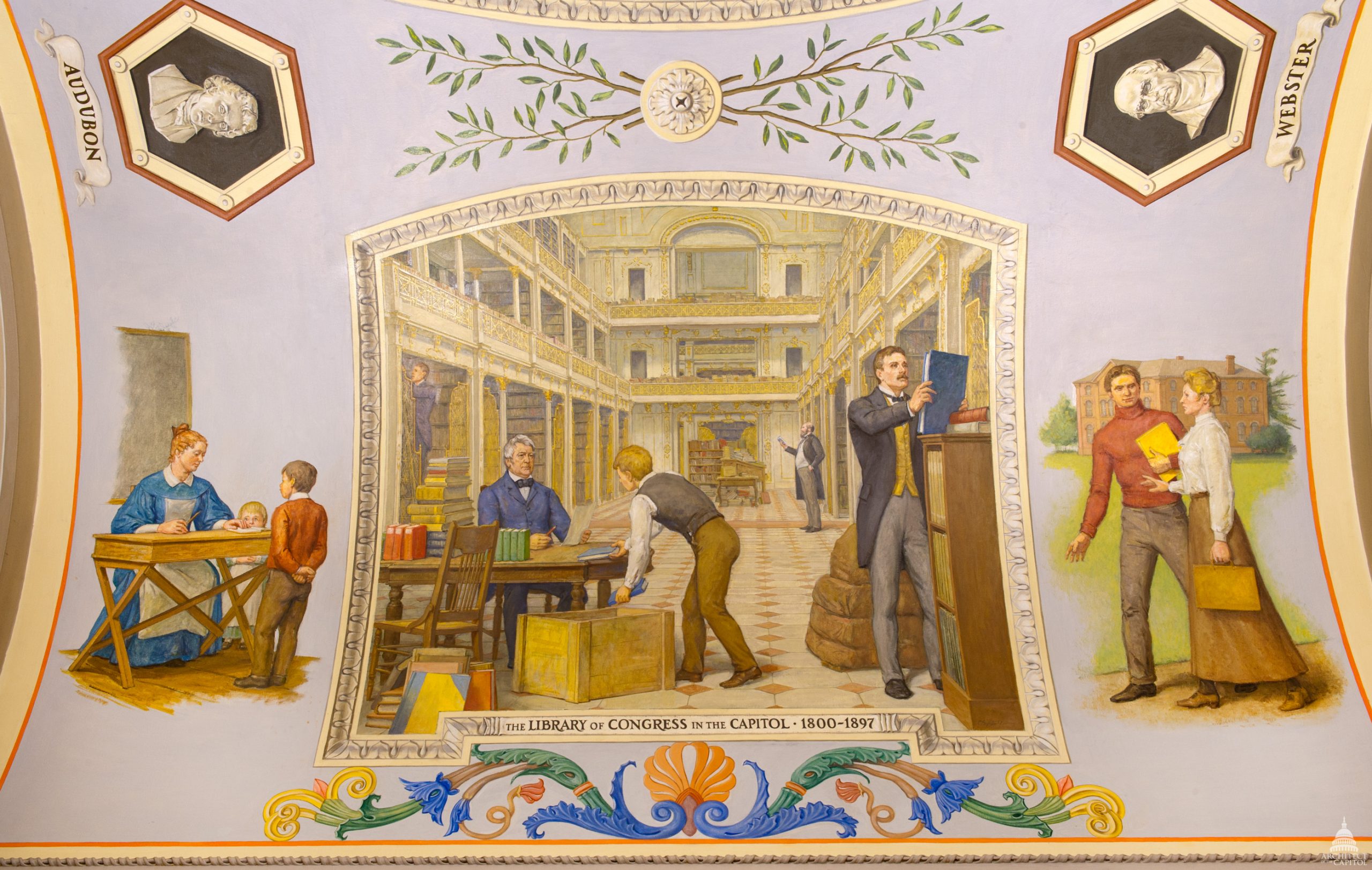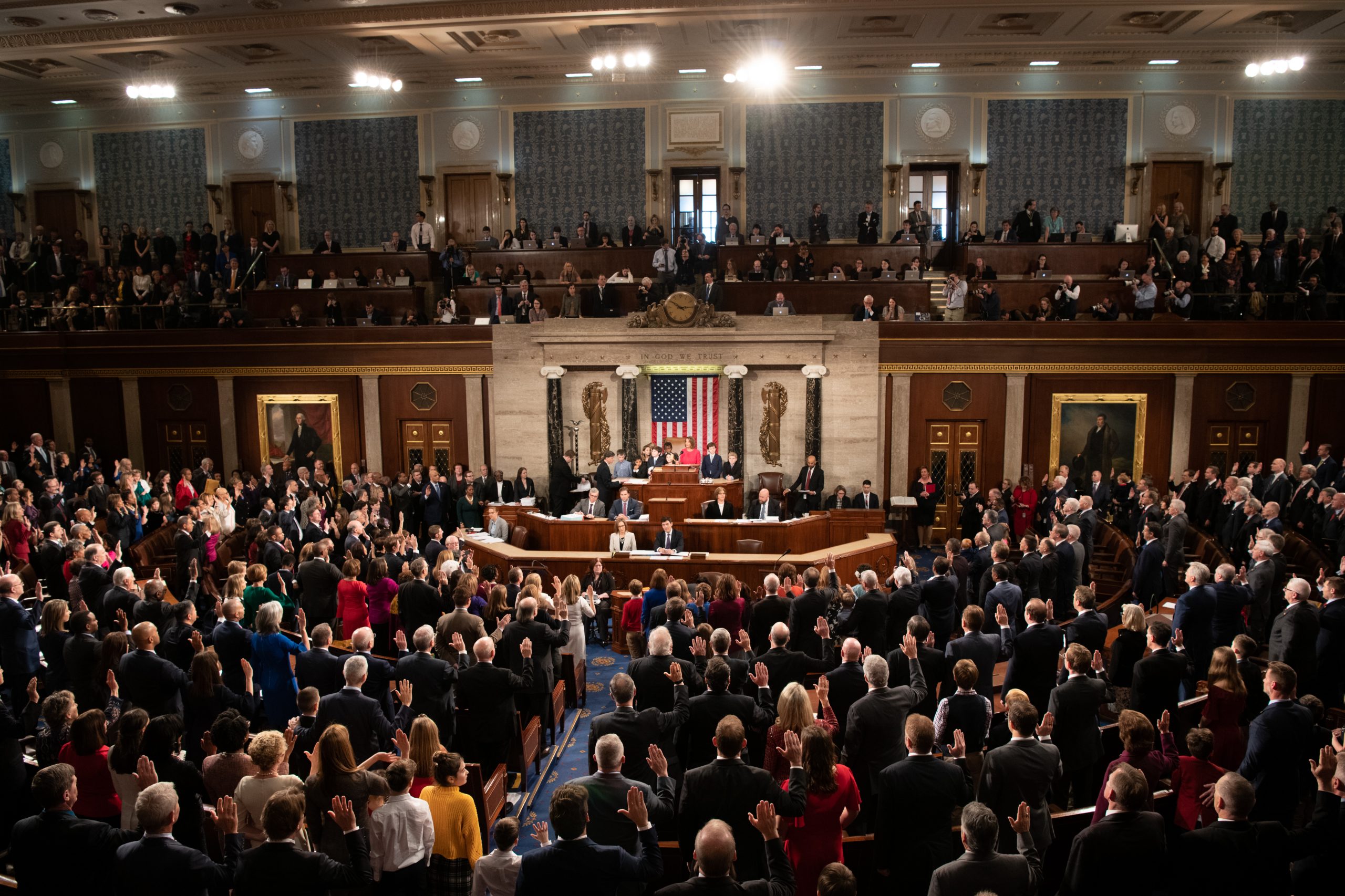AI & Energy
- Home Page 416

Standards Oklahoma Workspace
This content is accessible to paid subscribers. To view it please enter your password below or send mike@standardsmichigan.com a request for subscription details.
Medical Imaging
This content is accessible to paid subscribers. To view it please enter your password below or send mike@standardsmichigan.com a request for subscription details.
H.R. 5243 Closing the Homework Gap Through Mobile Hotspots

Photo by Architect of the Capitol | Left: The teacher and children in a “little red schoolhouse” represent an important part of American education in the 1800s.
Right: Students attend a land grant college, symbolic of the national commitment to higher learning.
A BILL: To amend the National Telecommunications and Information Administration Organization Act to establish a mobile hotspot grant program, and for other purposes.
4.29.20
H.R. 6809 Nurse Workforce Protection Act of 2020

434 lawmakers, including 89 new freshman Members, were sworn in to the 116th Congress on January 3, 2019. Photo by Phi Nguyen.
A BILL: To prohibit health care providers that receive funding through the Public Health and Social Services Emergency Fund from reducing employment or compensation for certain nurses employed by the provider.
S. 2820 Stadiums Operating under New Guidance Act

434 lawmakers, including 89 new freshman Members, were sworn in to the 116th Congress on January 3, 2019. Photo by Phi Nguyen.
A BILL: To direct the Secretary of Transportation, acting through the Administrator of the Federal Aviation Administration, to revise section 91.145 of title 14, Code of Federal Regulations, such that the term sporting
does not limit the types of major events described in such section.
Liquid Pleasures
This content is accessible to paid subscribers. To view it please enter your password below or send mike@standardsmichigan.com a request for subscription details.
Workspace / ASHRAE
This content is accessible to paid subscribers. To view it please enter your password below or send mike@standardsmichigan.com a request for subscription details.
Safety Third
This content is accessible to paid subscribers. To view it please enter your password below or send mike@standardsmichigan.com a request for subscription details.
New update alert! The 2022 update to the Trademark Assignment Dataset is now available online. Find 1.29 million trademark assignments, involving 2.28 million unique trademark properties issued by the USPTO between March 1952 and January 2023: https://t.co/njrDAbSpwB pic.twitter.com/GkAXrHoQ9T
— USPTO (@uspto) July 13, 2023
Standards Michigan Group, LLC
2723 South State Street | Suite 150
Ann Arbor, MI 48104 USA
888-746-3670













